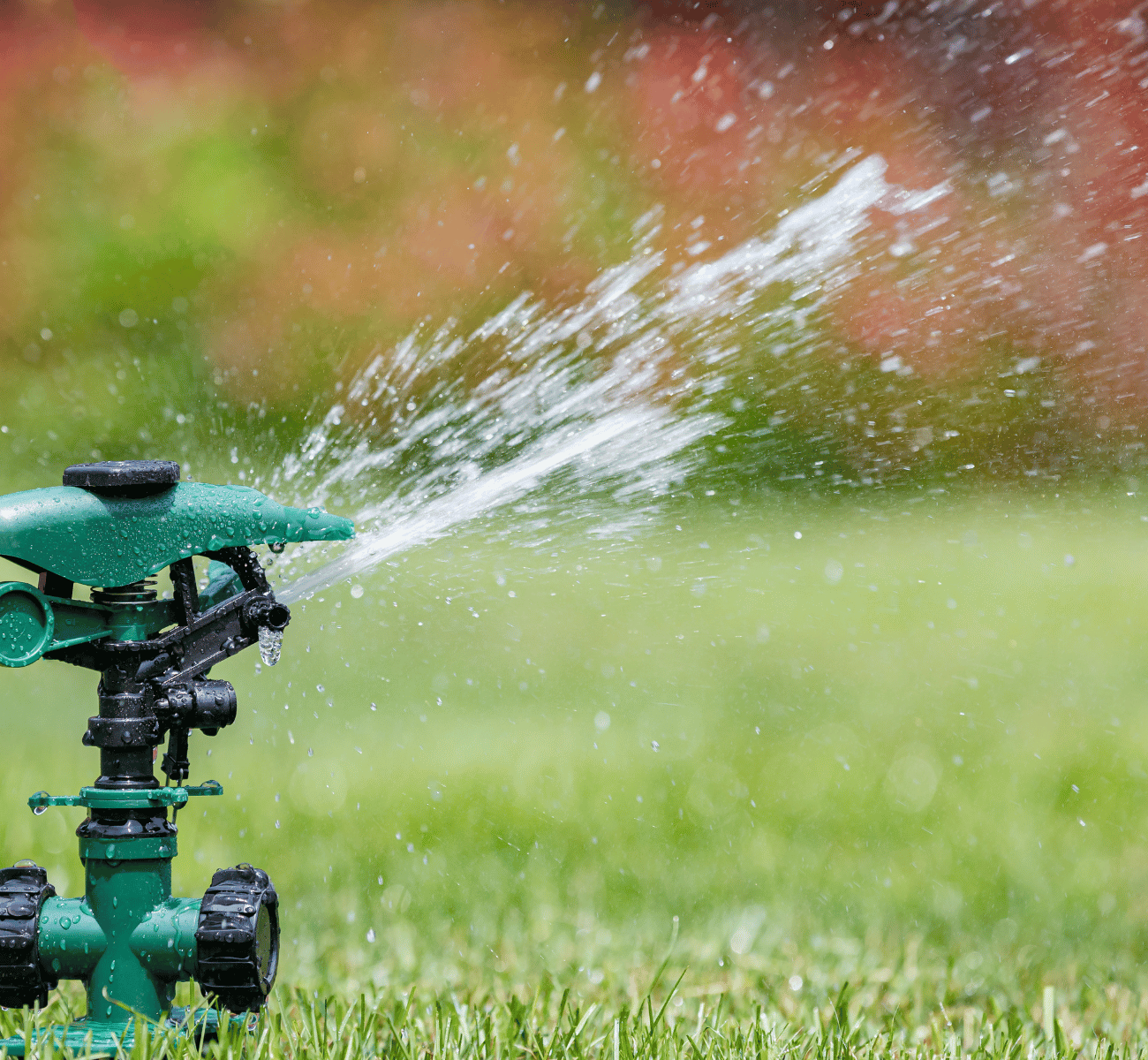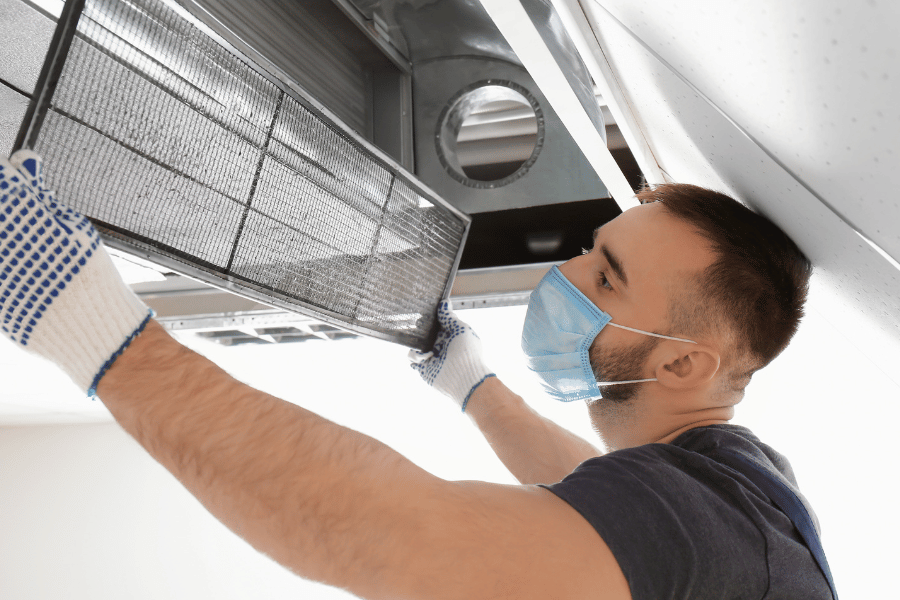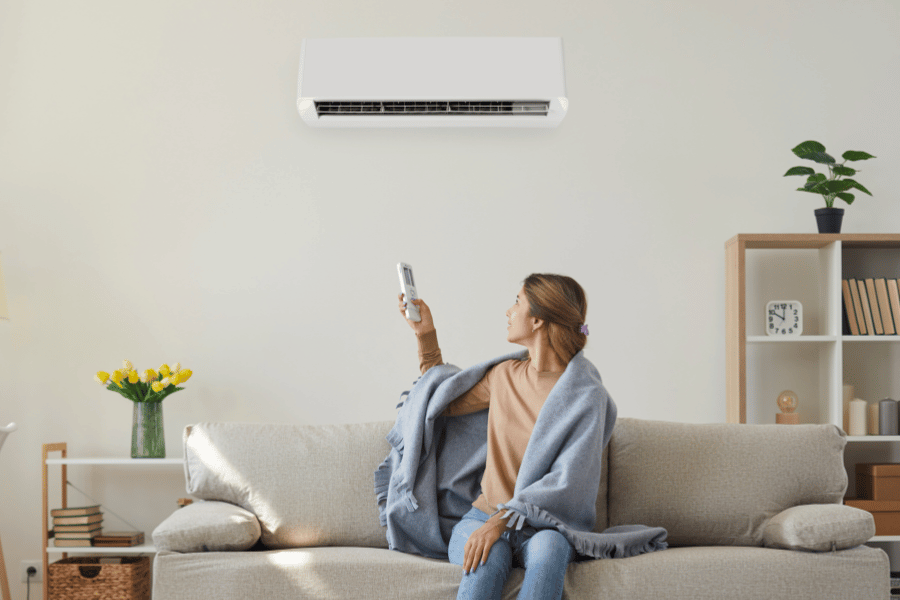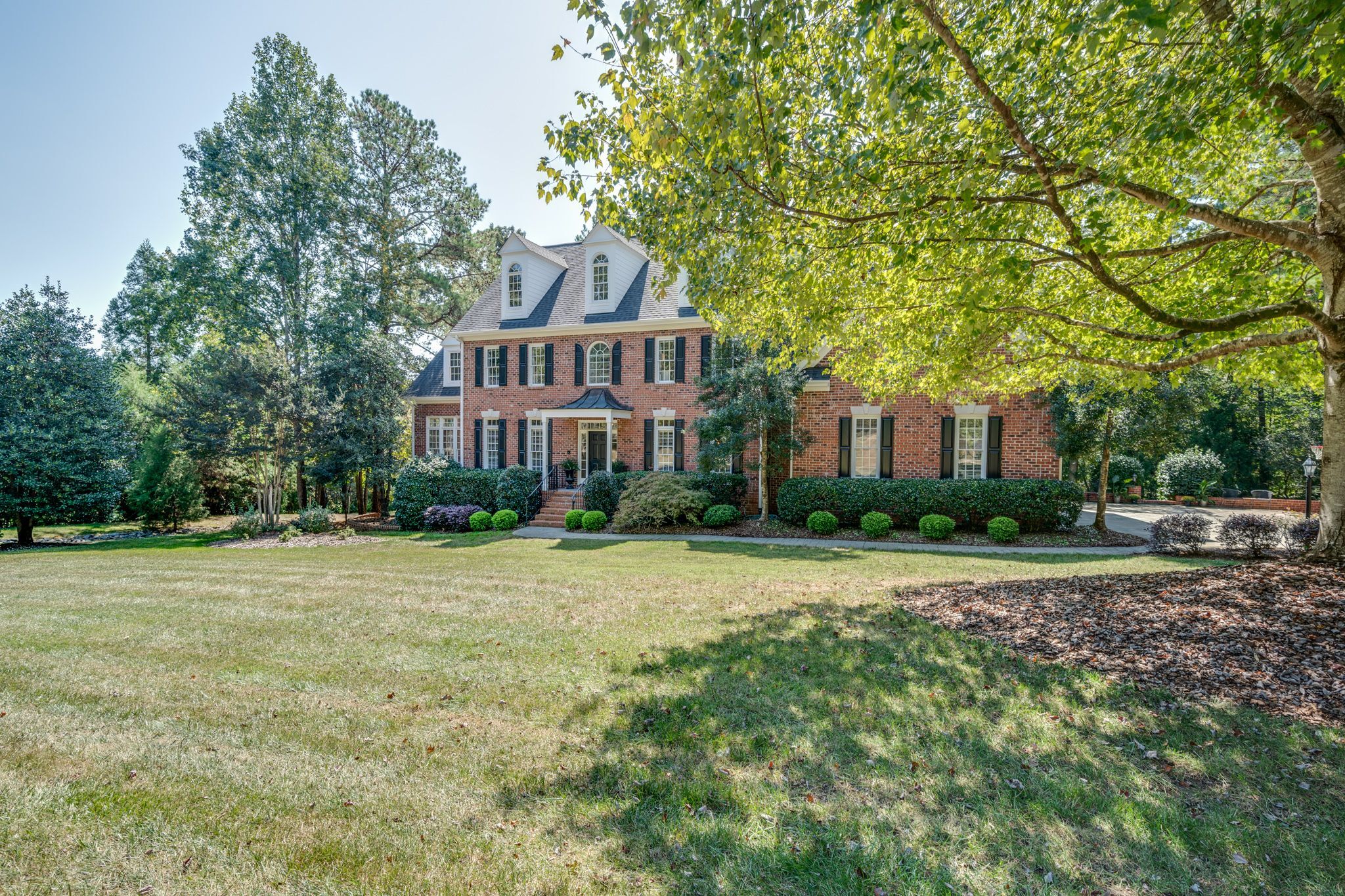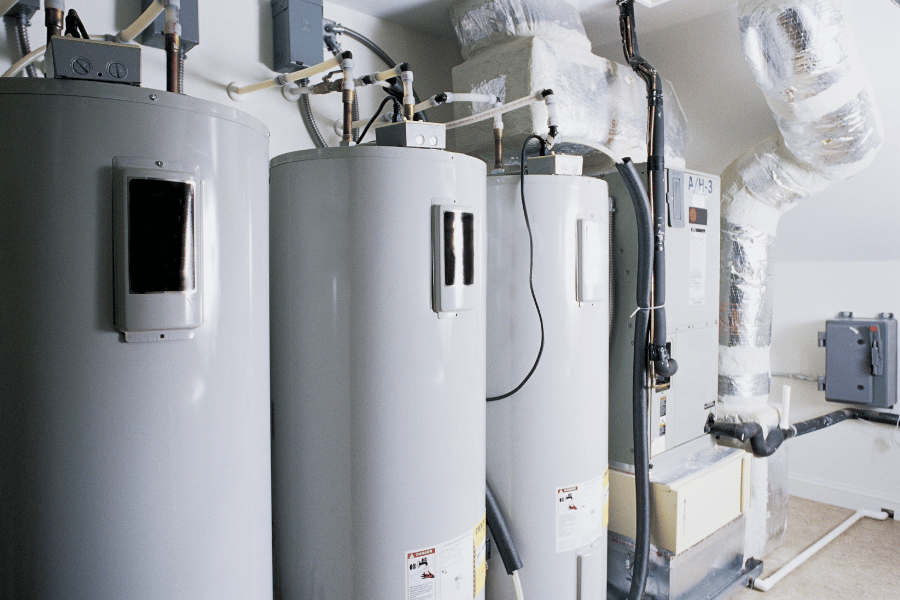Understanding the Energy-Efficient Home Improvement Credit
April 01st, 2024
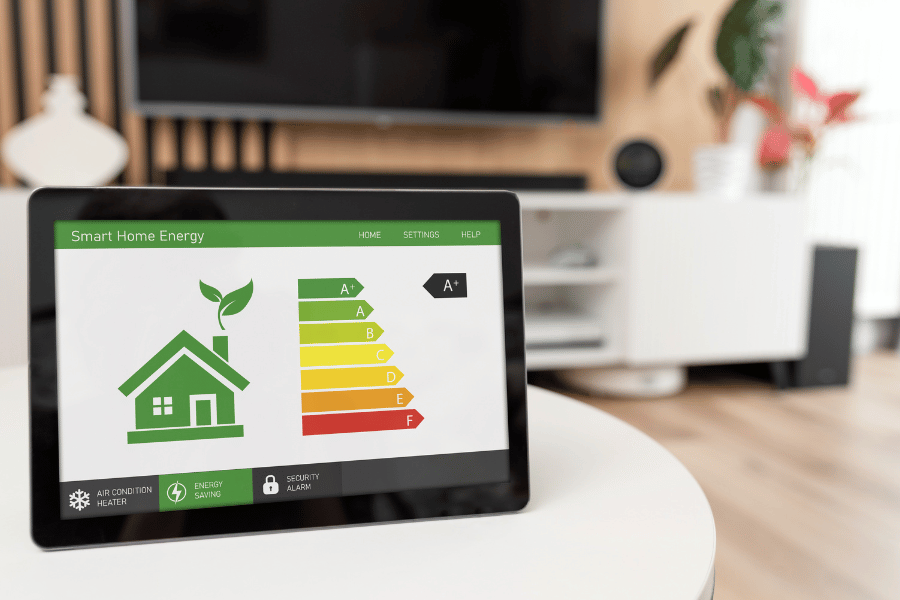
Understanding the Energy-Efficient Home Improvement Credit
Are you looking for an eco-friendly home improvement? Keep reading to learn more about understanding the energy-efficient home improvement credit.
As our world is changing and embracing sustainability, energy-efficient credit serves as a powerful tool to help individuals adopt eco-friendly measures. The Energy Efficient Home Improvement Credit is a tax incentive designed to encourage homeowners to make energy-efficient upgrades to their properties.
According to Climate Action, energy efficiency does save you money, so having an eco-friendly home is an easy way to save yourself some money when being a homeowner. More energy-efficient products may seem expensive at the time, but they can save you money in the long run and lower your bills.
You can make your home more energy efficient in many ways, from simply sealing cracks, replacing filters, and turning off lights. You do not need to go above and beyond when having an eco-friendly home; just start with the basics.
A house is more than a structure you live in; it is combined with many machines and appliances that all use energy. As our technology advances, there are many ways you can cut energy out and reduce bills while protecting the environment. As a homeowner, you can reduce energy more than before.
Here is what you should know about understanding the energy-efficient home improvement credit.
Chapters
1. What is The Energy-Efficient Home Improvement Credit
The energy-efficient home improvement credit can help homeowners cover costs related to qualifying improvements. The maximum credit amount is $1,200 for home improvements and $2,000 for heat pumps and boilers. The credit is about 30% of eligible expenses, and you can claim the cost of home upgrades, including energy-efficient doors, windows, insulation, and other things.
The Energy Efficient Home Improvement Credit is a tax incentive designed to encourage homeowners to make energy-efficient upgrades to their properties. The expenses may qualify if they meet certain requirements, and the amount of credit you can take is a percentage of total improvement expenses for the year of installation.
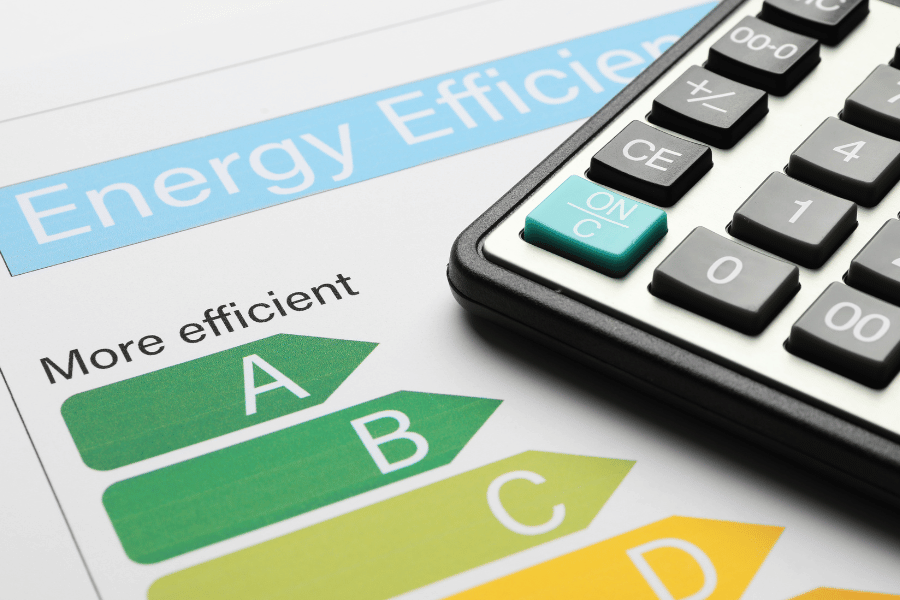
These upgrades typically include improvements such as installing solar panels, upgrading energy-efficient windows, doors, or HVAC systems, and many others. The credit is designed to encourage homeowners to invest in sustainable upgrades that benefit the environment and are a long-term financial savings.
ENERGY STAR is also a joint program of the Environmental Protection Agency (EPA) and the Department of Energy (DOE) aimed at helping consumers and businesses adopt energy-efficient products and practices. Products with this company label meet strict guidelines set by the EPA.
2. Who Can Qualify for Home Improvement Credit
You can claim energy-efficient home improvement credit for sustainable improvements to your main home, meaning you generally live there most of the time. For this, your home must:
- Be located in the United States
- An existing home that you improve or add onto, not a new home
In a lot of cases, the home must be your primary residence, and you cannot claim the credit if you are the landlord or other property owner who does not live there.
On the other hand, if you use your property for business purposes, you can not claim the credit
If you use your home party for business, the credit for eligible clean energy expenses is as follows:
- Business use up to 20%, full credit
- Business use more than 20%, credit based on share of expenses allocable to nonbusiness use
Sourced from the IRS Credit Deductions.
3. Qualified Expenses and Credit Amounts
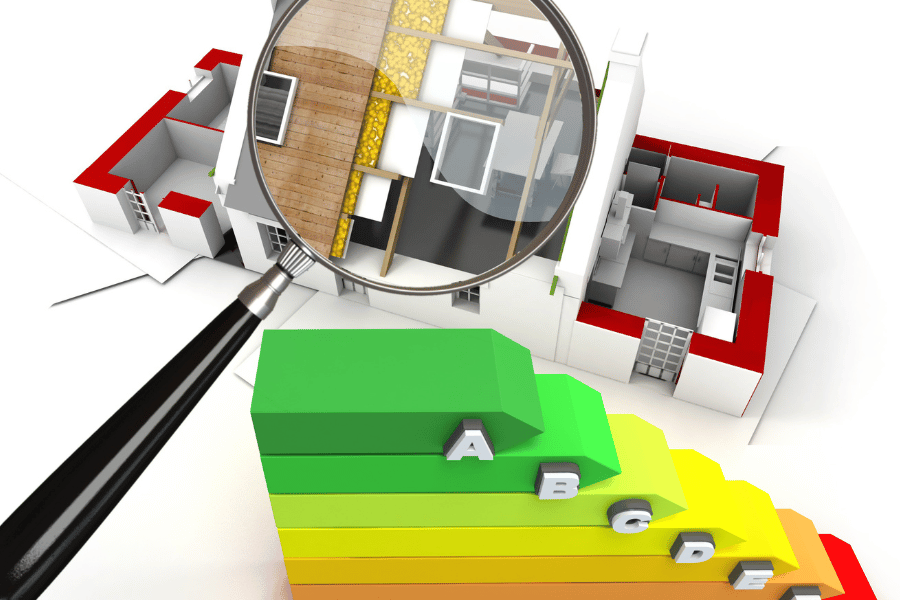
To qualify, your home improvements must meet the energy efficiency standards. They must be new systems and materials, not used, and some improvements have specific credit limits.
Home Energy Audits
If you are a paid auditor who assesses your home for energy efficiency opportunities, you could get a portion of the cost back through credit. The max you can claim for qualifying home energy audits is $150 a year.
To Qualify:
- Include a written report and inspection that identifies the most significant and cost-effective energy efficiency improvement with respect to the home, including an estimate of energy and cost savings
- Signed by the auditor, including the name, employer identification number, and qualified certification program
- Be conducted and prepared by a home energy auditor
Residential Energy Property
You can claim up to $600 per item for qualifying residential energy properties and the cost of their installation. This includes new air conditioners, furnaces, water boilers, and heaters. Support systems like panel boards and feeders may also qualify for the credit.
Qualified property includes new central air conditioners, natural gas, propane, or oil water heaters, natural gas, propane, or oil furnaces, and hot water boilers. Oil furnaces or hot water boilers can also qualify for other efficiency criteria.
Building Envelope Components
Building envelope companies must have an expected lifespan of at least five years to qualify.
- Energy Efficient Doors, Windows, and Insulation: Exterior doors have a limit of $250 per door and a total limit of $500, while exterior windows and skylights have a $600 max total limit. Insulation and air sealing materials or systems do not have additional limits outside of the general $1,200 maximum.
- Exterior Doors: Must meet applicable Energy Star Requirements
- Exterior Windows: Meet Energy Star's Most Efficient certification requirements
- Insulation and Air sealing: Meet International Energy Conservation Code standards in effect at the start of the year two years before installation
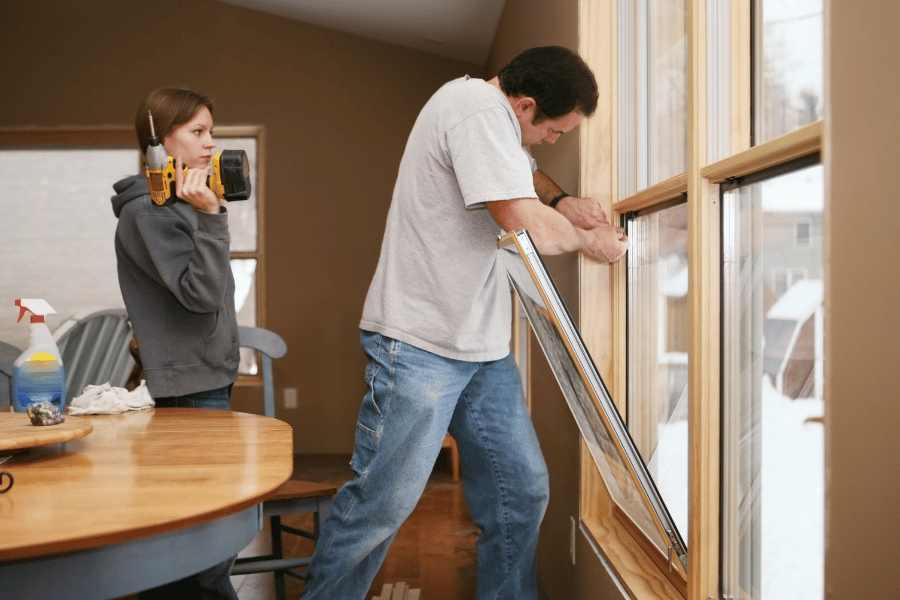
4. How Does It Work?
The specifics for the energy-efficient home improvement credit do vary depending on your location, as it is offered as part of government initiatives to promote energy efficiency. The basics remain the same: homeowners can claim a tax credit or rebate for a portion of the costs incurred in qualifying energy-efficient improvements to their homes.
Homeowners usually need to keep detailed records of the improvements that have been made, including the receipts and invoices, to claim the credit when they are filing their taxes. The credit amount and eligibility do vary, so it is important to know the specific requirements for where you live.
How To Claim Credit?
You can claim the energy-efficient home improvement credit by attaching Form 5695, Residental Energy Credits, to your tax return. Have all of your documents on hand, as you need to know the exact cost of each expense to be able to claim the credit.
The energy-efficient home improvement credit is nonrefundable, and you can not put any leftover credit toward a future tax bill.
Amount of Credit
Individuals can claim a nonrefundable credit for a tax year in an amount equal to 30% of the sum of the amount paid or incurred by the taxpayer for qualified energy efficiency improvements installed during the year, plus the amount of residential energy property expenditures paid or incurred during the year as well as the amount paid or incurred by the taxpayer during the year for home en4rgy audits.
Keep in mind there are credit limitations to be aware of. Under the Insulation Reduction Act, the lifetime maximum credit limitation that was in place has been repealed, and the home improvement credit of the energy-efficient home improvement credit is stated below.
- Credit allowed for any tax year can not exceed $1,200
- Credit allowed concerning any item of quality energy property can not exceed $600
- Credit allowed concerning windows/skylights can not exceed $600
- Credit allowed with respect to doors can not exceed $500
- Credit allowed with respect to home energy audit can not exceed $150
5. Benefits of Energy-Efficient Home Improvements
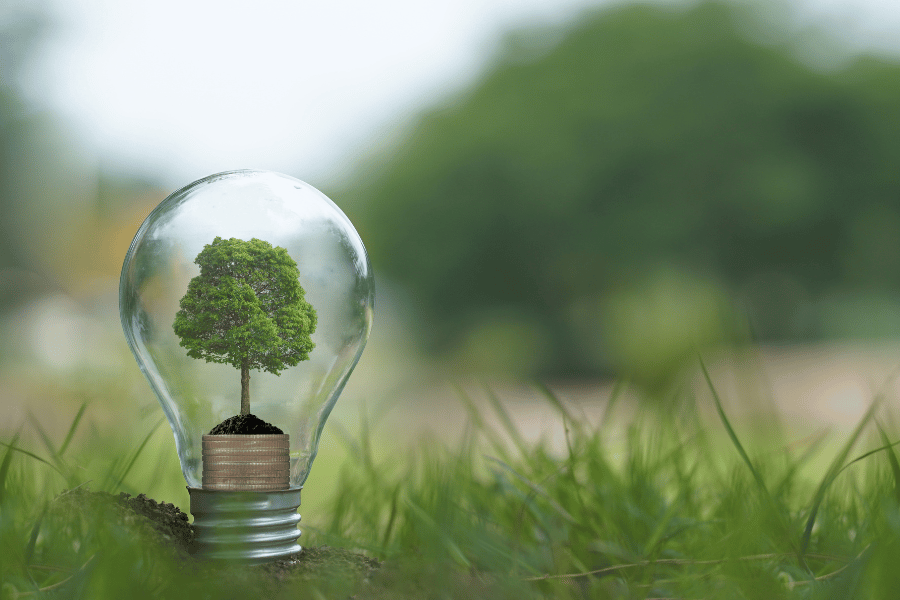
There are many benefits to sustainability and energy-efficient homes beyond financial incentives. Below are some of the pros of these eco-friendly homes.
- Reduced Energy Bills: Energy-efficient upgrades can significantly reduce energy consumption, which leads to lower utility bills over time.
- Environmental Impact: By reducing energy consumption, energy-efficient upgrades help lower greenhouse gas emissions and combat climate change, which contributes to a sustainable future
- Increased Home Value: Energy-efficient homes are in high demand in the market today, so making these upgrades can increase the resale value of your home and make it more attractive to potential buyers
- Comfort and Health: Energy-efficient upgrades often result in better insulation and improved indoor air quality, which will create a more comfortable and healthier living environment.
There are many other pros to having an energy-efficient home, so if you are intersted in upgrading your house, start shopping and researching now on what products and services you can add to your home for an increased living experience.
Homeowners can save up to $3,200 annually on taxes for their energy efficiency upgrades.
- Save up to $1,200 on Energy Efficient Home Improvements
- Save up to $2,000 on Cost of Upgrading to Heat Pump Technology
- Save 30% on Residental Clean Energy Equipment Upgrades
Methodology
We used information and data from different sources as well as our own data about understanding the energy-efficient home improvement credits and everything you should know. There were various data to use, so we put them together to create a guide to help you.
Above are a few sources that we used to gather most of our information about understanding the energy-efficient home improvement credits and everything you should know.
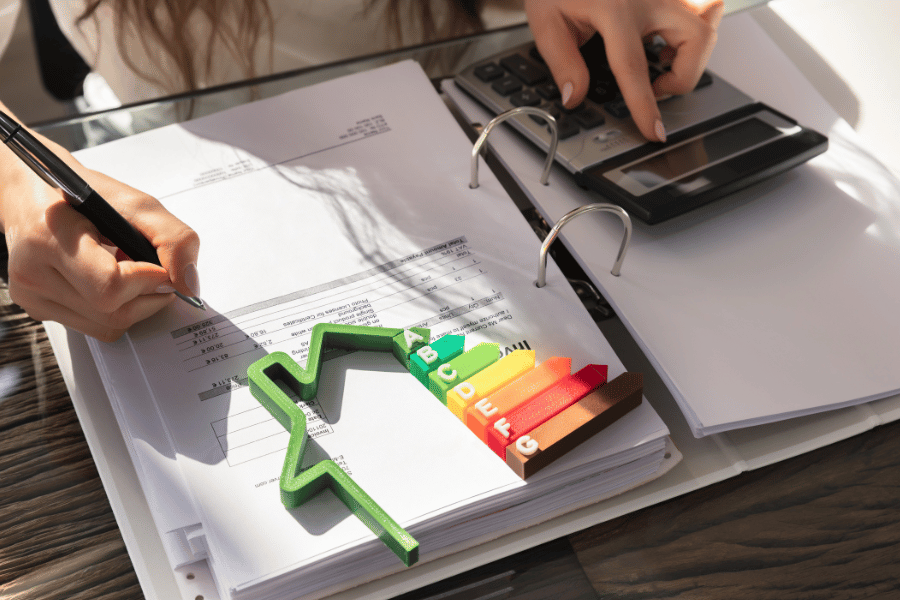
FAQS
What are some of the available tax credits for energy-efficient home improvements?
There are two main tax credits for energy-efficient home improvement, which are the energy-efficient home improvement credit and the residential clean energy property credit. There are many qualifications, limitations, and different processes for both, which are stated above.
How does the energy-efficient tax credit work?
If you make qualified energy-efficient improvements to your home after January 1st, you may qualify for a tax credit. You will claim the credit for improvements made through Form 5695.
How do I know if my new windows qualify for tax credit?
If you have replaced any windows, doors, or skylights or installed new ones that have earned the ENERGY STAR label, then you may be eligible for a tax credit of 10% of the cost of up to $200 for windows and skylights and up to $500 for doors.
Understanding the Energy-Efficient Home Improvement Credit - The Bottom Line
An energy-efficient home is one that provides all the comfort and utility that homeowners want while consuming the least amount of energy. From installing solar panels, to tankless water heaters, there are so many ways to lower your energy bill throughout the year while saving our planet simply.
Studies have shown that home buyers like features that not only reduce bills but reduce carbon footprint as well. Energy-effective homes may cost more than an average home, but many homeowners have stated that they pay less over time for these eco-friendly appliances and home systems.
As energy costs continue to rise while energy-efficient solutions are becoming easily accessible, it makes sense that more homeowners are boosting home energy efficiency. There is no specific number given to show how much money you will save, however over time statistically; you will be spending less if you have an eco friendly home.
Whether you are searching to build an energy-efficient home or buy an energy-efficient home, reaching out to a local real estate agent may be helpful so they can help you in the buying process of a home.
If you are considering moving or selling, contact us or visit our website. Our team at Raleigh Realty is here to help you with any home buying or selling needs.

Ryan Fitzgerald
Hi there! Nice to 'meet' you and thanks for visiting our Raleigh Real Estate Blog! My name is Ryan Fitzgerald, and I'm a REALTOR® in Raleigh-Durham, NC, the owner of Raleigh Realty. I work alongside some of the best Realtors in Raleigh. You can find more of my real estate content on Forbes, Wall Street Journal, U.S. News and more. Realtor Magazine named me a top 30 under 30 Realtor in the country (it was a long time ago haha). Any way, that's enough about me. I'd love to learn more about you if you'd like to connect with me on Facebook and Instagram or connect with our team at Raleigh Realty. Looking forward to connecting!
Related Blogs
